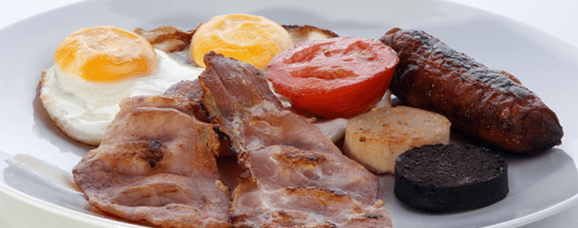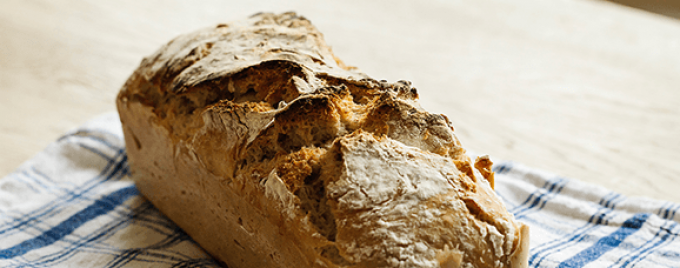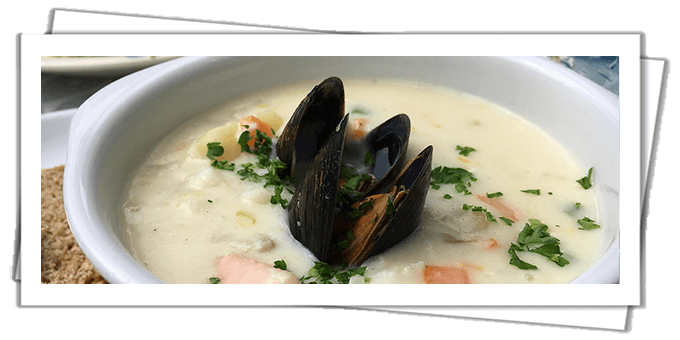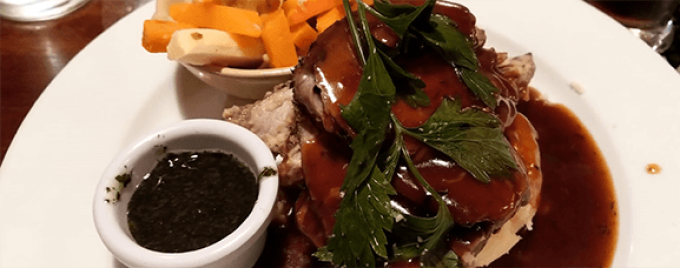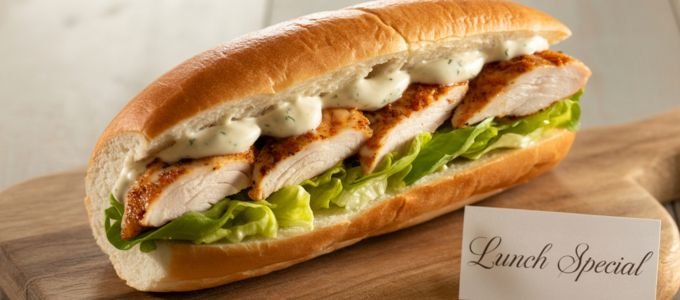🍳 Rule #1: Eat Dinner For Breakfast
What is a Full Irish Breakfast?
Possibly the greatest meal known to humanity.
A veritable feast.
It will fill you up until dinner time.
That's why they're included as standard on all of our Vagabond & Driftwood small-group tours
Perfect fuel for adventuring and exploring!
Traditional Irish breakfasts are not — quite literally — for the faint hearted.
Full Irish Breakfast Ingredients
Generally, a traditional Full Irish Breakfast will include at least the following:
- Rashers (normally 'back bacon' - like Canadian bacon)
- Pork sausages
- Black pudding (pork meat mixed with oats, herbs and pork blood — trust me, its delicious)
- White pudding (same as above, minus the blood — think mini-haggis)
- Grilled mushrooms
- Grilled tomatoes
- Eggs (scrambled, fried or poached)
You'll find different versions of an Irish breakfast as you travel around Ireland.
An Ulster Fry often includes potato bread and farls (a fluffy flatbread - see next section).
A breakfast roll is a sandwich-based version of a full Irish breakfast, normally served up in crispy French-style baguette. You'll find these portable, legendary delights in local stores, convenience store delis and service stations.
As we say in Ireland: savage cabbage.
Take a bigger bite of the famous Full Irish Breakfast
Photo by Jrgen Hland on Unsplash
🍞 Rule #2: Munch On All 1,387 Irish Breads
With as many variations as there are Irish mothers, Irish bread is like nothing else on earth.
You may be familiar with soda bread as one of Ireland's most famous traditional recipes.
But there really are countless Irish bread recipes.
Sometimes it feels like there's a different bread for each valley!
Different yeast loaves you'll encounter include wheaten, batch bread and white pan.
There are pan- or griddle-cooked flatbreads such as soda farls, boxty and potato bread.
There's the soft roll family, with special regional variations like Waterford Blaas.
Then there's the sweeter breads, like Barm brack and scones.
I don't know how they make it.
I don't know how it fills you with such a glowing feeling of satisfaction.
I don't know why it's so good. It just is.
Yes, it's that good.
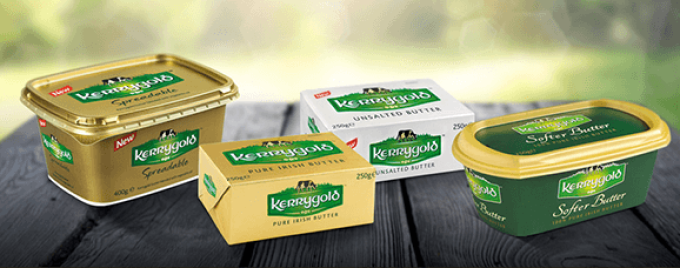
🧈 Rule #3: Spread Your Butter Thick
Melted on toast.
Oozing on salmon.
Swirling in spuds.
Lavished on biscuits.
Wait, what!?
Yep, whatever way you like it, no other butter really compares to real Irish butter.
Irish people like their butter best when it's from grass-fed cattle and with a hint of salt.
Perhaps the best way to enjoy butter is spread thickly on one of the bread recipes above.
Kerrygold is one of Ireland's most far-flung and famous brands. You'll find it in the fridge in supermarkets from Argentina to Zimbabwe.
As Pat from Wisconsin said after a recent tour of Ireland with his family...
The butter alone is worth the journey
🍲 Rule #4: Try A Different Chowder In Every Village
Irish seafood chowder is no watery broth with a bit of fish waved at it from a distance.
Irish chowder is thick, creamy goodness.
A veritable meal in itself, packed with oodles of fresh fish.
Picture a succulent mix of cod, salmon, hake and mussels. Sometimes even crab makes an appearance.
Heaven.
Every cosy traditional Irish pub along the Wild Atlantic Way will serve up a different version of chowder.
Many will be cream based. But others will suit dairy-free diets, based on a rich fish stock.
Irish chowder comes in bowls, not cups — which, please note, are non-edible.
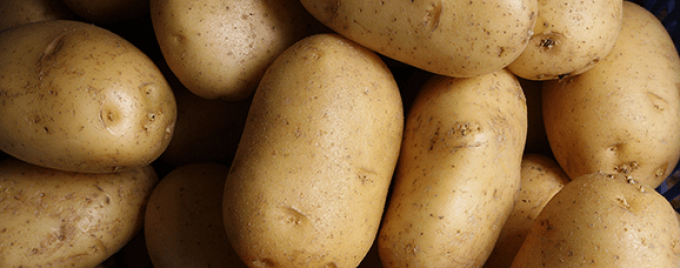
Photo by Lars Blankers on Unsplash
🥔 Rule #5: All Hale The Potato!
Potatoes are known colloquially in Ireland as 'spuds'.
Apparently, this word is derived from the word spade, which would be used to dig up the spuds.
Potato recipes include colcannon (mashed with onions, kale and butter), fried as croquettes, baked, boiled or good ol' crispy roast spuds.
Not forgetting chips!
Popular Irish potato varieties include waxy, red-skinned Roosters or fluffy Wexford Queens.
We Irish know how to cook a good spud!
Today the potato remains a cornerstone of Irish traditional cuisine.
But did you know that the spud is itself an import?
Potatoes were first brought to Ireland in the 16th century from the Americas.
Like many arrivals, the humble potato loved Ireland so much, it decided to stay!
Why do Irish people love spuds so much? Dig up the truth on our potato blog
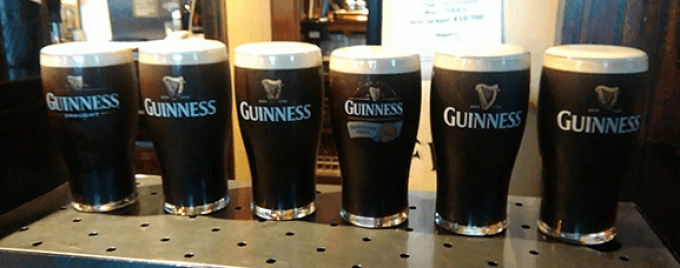
💪 Rule #6: Treat Stout Like A Health Drink
We know.
Technically, Irish stout is not a food.
But this creamy-headed, richly-flavoured, dark-coloured beer contains many good things.
There are B vitamins, iron, antioxidants and other nutritional goodness. Stout is also surprisingly low in calories compared with other beers.
Basically, its a health drink.
Stout brands you should try in Ireland include Murphy's, Beamish, Guinness Zero (one of the best 0.0 alcohol beers we've tried) and White Stag (which is both gluten-free and delicious).
Stout served in a quaint Irish pub is just about as good as it gets. Sure, you can obtain this most Irish of delicacies all over the world. But none of it tastes quite the same as in Ireland.
Some say its the way they pour it.
Others credit the water.
Maybe its just the atmosphere and the craic.
Nobody really knows. But theres only one way to test it...
And test it...
And test it again.
Find out which tours have the best pubs
⛔ Bonus Rule: Put Only Stout In Your Stout
In Ireland, its generally frowned upon to mix your glass of stout with anything else
Some heathens have been known to order a pint Guinness with blackcurrant cordial or — shock horror — mint liqeur added.
Thirsty for more? Read our extensive pub etiquette guide.
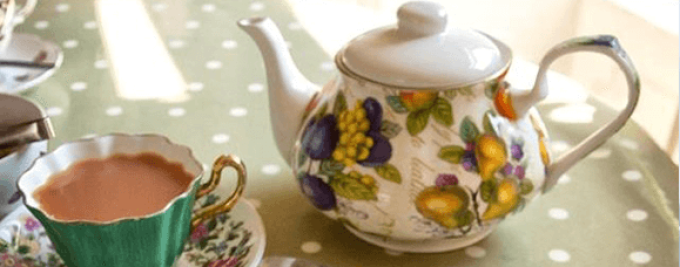
☕ Rule #7: Brew Your Tea Strong
Irish people like their tea dark and strong.
We pre-heat the cup or teapot before soaking a teabag in boiling water for 2-5 minutes.
We then stir, perhaps squishing the teabag for extra strength, before adding milk.
Many people also add sugar.No lemons here!
We really, REALLY love our tea.
Our coffee scene gets better every year.
But Irish tea is WORLD CLASS!
Most Irish people will happily drink a cup of tea with breakfast, lunch, dinner, or even before bed.
In fact, Ireland is ranked third globally for the most tea drunk, per capita.
Tea sometimes seems like its the answer to all of Irelands problems; as lampooned by 90s sitcom Father Ted:
What is the best Irish tea brand?
It's an perennial debate here in Ireland.
Barry's Tea versus Lyons Tea is Ireland's version of Coke versus Pepsi.
You'll just have to try them both and decide for yourself!
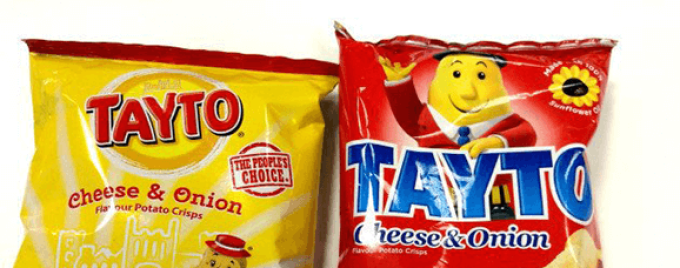
🍟 Rule #8: Chips = Crisps. Fries = Chips.
Irish people call potato chips 'crisps'.
Are you a potato chip lover?
Don't leave Ireland without trying Cheese and Onion flavour 'crisps'. It's an unmistakably Irish snack.
Tayto is the iconic crisp brand in Ireland. Packs are sold absolutely everywhere in Ireland; from petrol stations, to pubs, to every local shop in even the smallest, most remote village.
When polled, 65% of Irish emigrants said Tayto Cheese and Onion was the thing they missed the most!
If you ask nicely, your VagaGuide might just buy you a pack of Tayto!
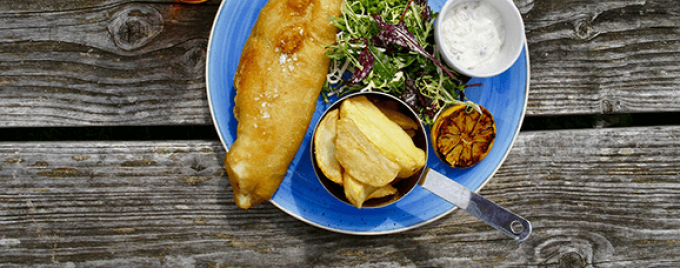
Photo by Nick Fewings on Unsplash
If you aren't confused yet, prepare yourself...
In Ireland, we not only call chips 'crisps', we refer to what you might call french fries as 'chips'.
Whether eaten in a fancy gourmet restaurant — or, even better, out of a brown paper bag at midnight — there is nothing quite like Irish chips.
Remember, for the full experience, douse your bag of fish and chips in salt and malt vinegar.
Our guests love hunting for the best fish and chips in each town or village on tour.
One Vagabond guest is rumored to have eaten it eight days in a row!
After such extensive research, I had to find out which was his favourite. Strictly between you and me, he named McCarthy's Pub in Kenmare as his number one choice.
Tell no-one.
🍗 Rule #9: Any Day Can Be Sunday Roast Day!
I would argue that Ireland's world domination was built on Sunday roasts.
It's not just a meal.
It's a feast.
An occasion.
An event.
A tradition.
A cultural institution.
What is a Sunday Roast?
It's generally a hunk of crispy-on-the-outside, succulent-inside roast meat. Beef, chicken and pork are all classics. Venison is a leftfield but increasingly popular choice.
On the side there will be at least two, sometimes three, types of potato. Roast, mashed and baked are the ones to expect.
Plus vegetables such as carrot, turnip, parsnips or peas. If you're lucky, all of the above.
But don't, whatever you do, forget gravy.
A Sunday roast is pretty much just a plate of delicious gravy with some other stuff.
For the essential experience, drink a small jug of gravy while surrounded by your family and dog, and you'll understand.
🥖 Rule #10: The Infamous Chicken Fillet Roll
The chicken fillet roll has a special place in the heart of the Irish people.
Found in nearly every deli across the country, it’s more than just a bread roll with chicken—it's part of our culture.
What makes the chicken roll so special? Well, they're hundreds of different combinations to create, so you can personalise it to just how you want.
Its simple yet satisfying combination of a crusty baguette, crispy breaded chicken (usually a choice of plain, spicy, or southern fried), and a variety of customisable toppings like cheese, lettuce, tomato, peppers... you name it! This makes it a versatile and deeply personal meal.
The chicken fillet roll has become a staple part of the Irish diet. Basically it is a superfood!


